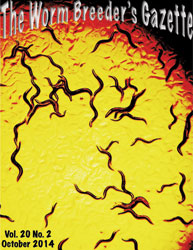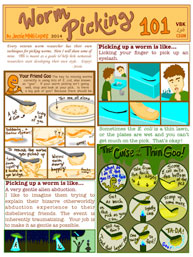C. elegans is known to be attracted to various chemicals including volatile odorants and water-soluble salts. Chemotaxis to salts is conventionally tested on agar plates with salt concentration gradient. Most popular ways to make the gradient plate is either: 1) to spot a drop of concentrated salt on a chemotaxis plate (either once or twice at separate time points) and allow diffusion for several hours to overnight (Ward, 1973; Iino and Yoshida, 2009), or 2) to place a small agar block containing high concentration of salt on a chemotaxis plate and allow diffusion (Tomioka et al., 2006). Both of these procedures lead to concentration gradient ranging from, say, 10-20 mM at the peak to several millimolars at the periphery, corresponding to the salt concentration of basal buffer in the chemotaxis agar. The standard procedure therefore tests the worm’s behavior only in this low salt concentration range.
Here we show that by simply including salt in the background agar, chemotaxis at a much broader range of salt concentration can be tested. In Figure 1, background agar includes 25 mM potassium phosphate (pH 6.0), 1 mM CaCl2, 1 mM MgSO4, and 50 mM NaCl. On top of the agar plate with this composition, two cylindrical agar blocks were placed (each 15 mm in diameter and 5 mm in thickness, excised from an agar plate using a cork borer) that included either 0 mM (left side) or 150 mM (right side) of NaCl in addition to the chemotaxis buffer for 16 hours. This allows creating a concentric salt gradient on the test plate with highest concentration at the center of the high salt plug, lowest at the opposite side, and background concentration around the center. Animals washed from culture plates were then placed off center on the test plates to observe chemotaxis.
One remarkable observation that came out of this assay is that worms are not merely attracted to salt, but they are attracted to the salt concentration at which they have been raised. In addition, when worms are starved at various salt concentrations and then tested on the same assay plates, they now avoid the salt concentration that they have experienced. Therefore, the behavior on salt concentration gradient is based on salt concentration memory and depends on the food availability they experienced (a brief report on this observation was presented at the EAWM, 2010). This manner of behavioral control is reminiscent of that already known for thermotaxis, except that we have not so far observed obvious tracks along the line with same salt concentration.




